The Biggest Winners And Losers In The 2025 Luxury Slowdown

- Luxury’s slowdown isn’t a collapse; it’s a correction.
- Legacy brands that chased volume, like LVMH, Gucci and Swatch, are struggling.
- The pre-owned watch market is thriving, especially in Australia where value-driven buyers favour Rolex, TAG Heuer and Tudor.
By now, the post-pandemic high of luxury spending has subsided. What was once a rising tide lifting all brands, from logo-heavy fashion houses to Swiss luxury watchmakers, has turned into a slow, uneven trickle. And as the numbers come in, the divide between the winners and the losers is becoming increasingly clear.
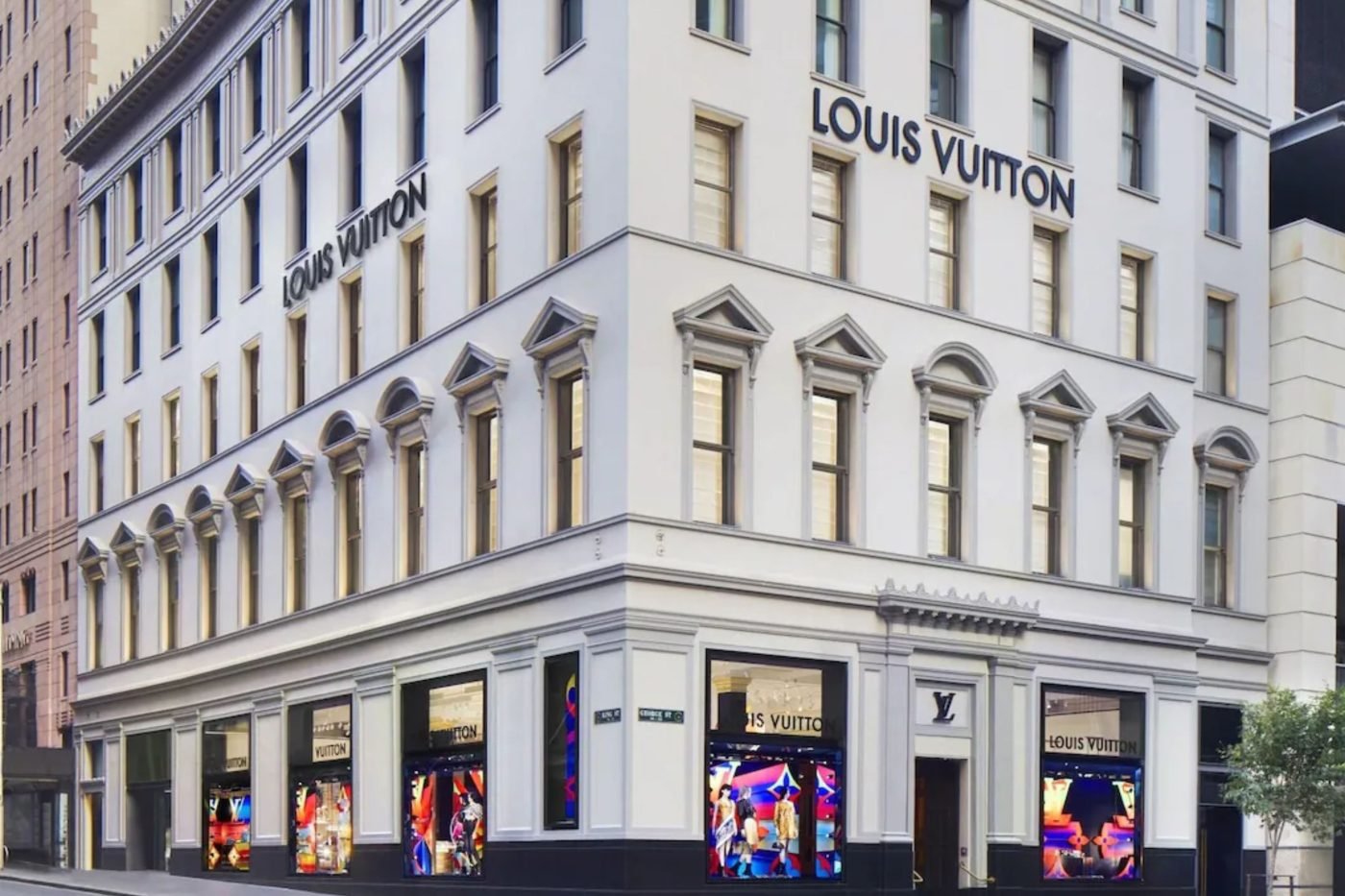
This isn’t a crash, as many have incorrectly suggested this year. ‘What goes up must come down,’ and all that. It’s a correction across the board; one that has seen the pendulum swing away from legacy brands. But make no mistake: for brands that over-indexed on hype, scale, and aspirational buyers, 2025 is proving brutally sobering.
According to Bain & Company’s mid-year report, the global market for personal luxury goods could shrink by as much as 9% in 2025, with both the US and China, the world’s two most important luxury markets, showing signs of buyers’ fatigue.
Add in a 31% tariff looming over Swiss goods imported to the US and a Gen Z cohort that’s less obsessed with luxury products as symbols, and you’ve got the most impactful luxury slowdown since 2008. Luxury stocks in Europe have already lost a combined €240 billion in value this year alone.
The truth is, the rich haven’t stopped spending. Hermès, Cartier and Moncler, legacy brands built for the top of the luxury pyramid, are still posting growth.
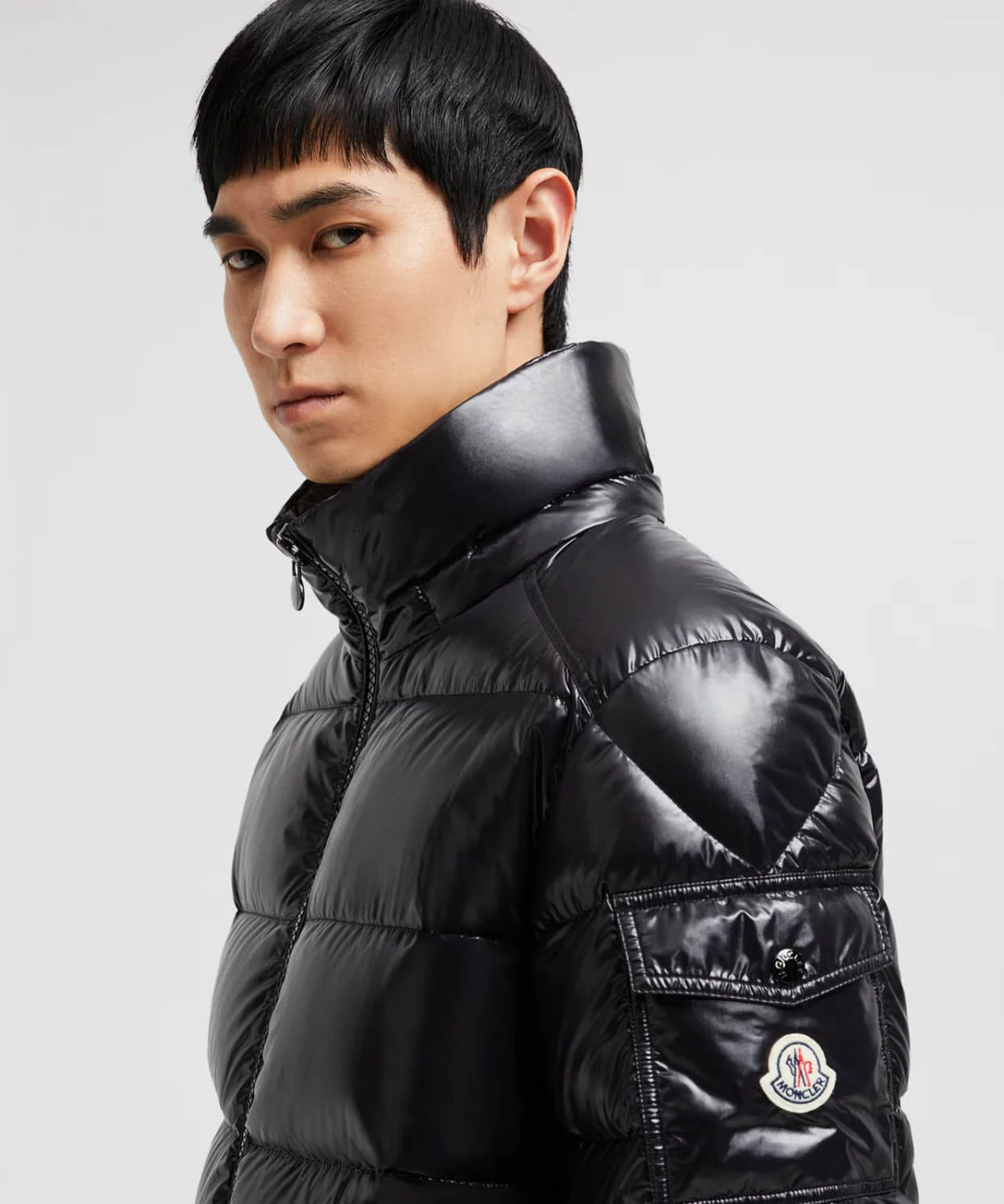
According to EY 2025 Luxury Client Index, the drop isn’t coming from high-net-worth customers but from the vanishing middle: the young professionals, the newly affluent, the “entry luxury” shopper who once saved their pretty pennies for the latest designer bag, a first Rolex Submariner Date, or a pair of new runners that will shave some time of the PB.
Now, amid downgraded economic forecasts from the OECD and global cost-of-living pressures, those buyers are reconsidering the value of premium purchases.
“Luxury brands face a critical challenge: how to maintain desirability while stretching their reach.”
EY 2025 Luxury Client Index, 2025
This collapse in entry-level demand explains why brands like LVMH, Gucci and Ferragamo (brands that prioritised fast upscaling in recent years) are struggling the most in these transient headwinds. Their customer base is no longer buying luxury. Worse still, they’re not aspiring to at all.
The most striking headline this season comes from LVMH’s Fashion & Leather Goods division: a unit that includes industry icons Louis Vuitton, Dior, Fendi, and Celine.
In Q2 2025, the division posted a 12% year-on-year revenue decline, the steepest drop since the Global Financial Crisis in 2008, dragging the group’s overall profit down 22%. It’s a damning signal that even the biggest name in luxury isn’t immune to aspirational fatigue.
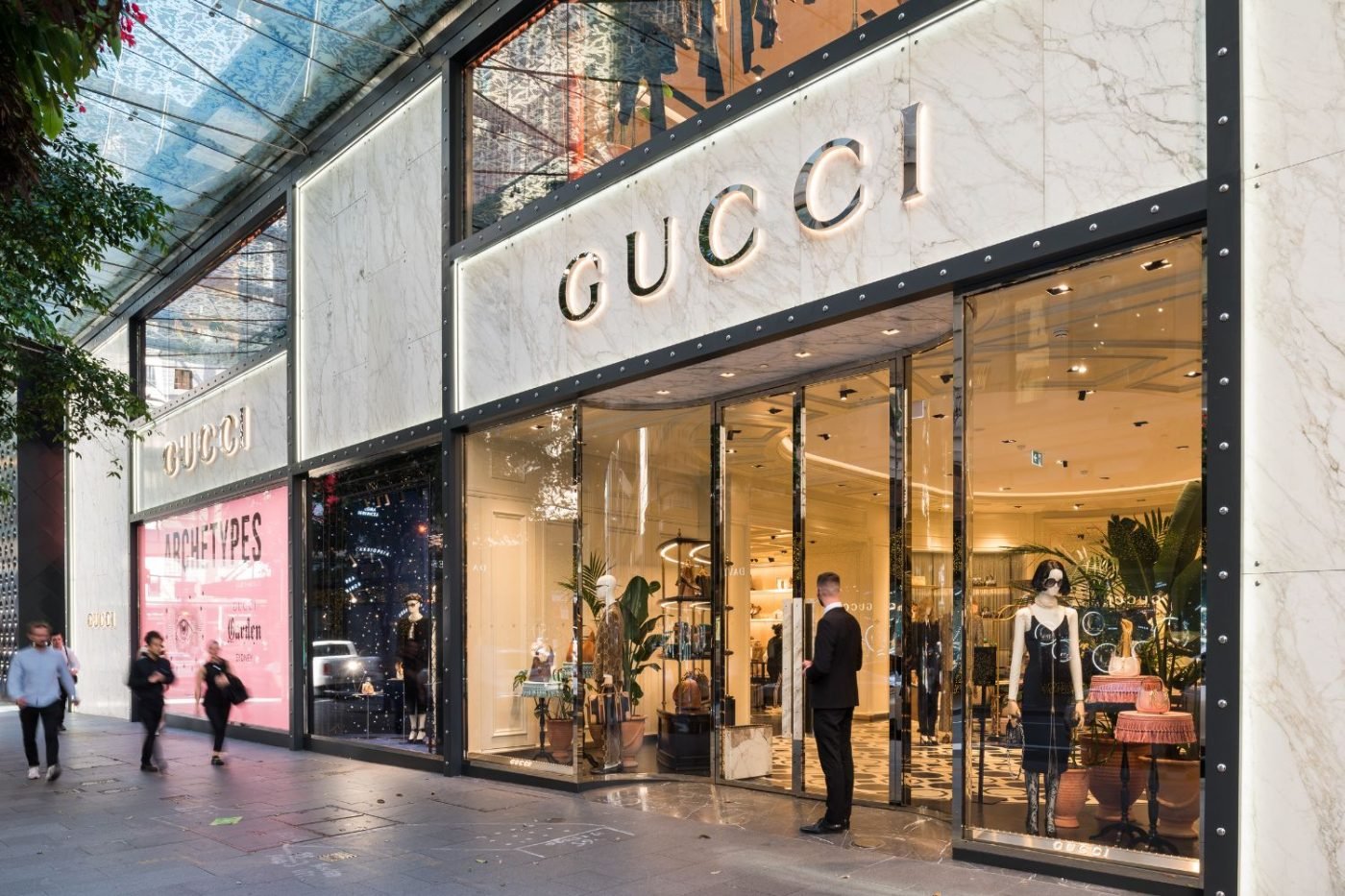
So too has Gucci, owned by Kering, struggled after a carousel of creative directors, flat product launches, and weakening demand from under-35s. The brand, once hailed for its maximalist renaissance under Alessandro Michele, is in search of both identity and relevance. Kering’s shares are down over 15% year-to-date.
Even Swatch Group, the world’s largest volume producer of Swiss watches, flagged a significant slump in China, confirming fears that the luxury slowdown in Asia and more specifically in China’s middle class is deeper and broader than anticipated. With names like OMEGA, Longines, and Tissot under its umbrella, the group is heavily reliant on Chinese demand; it simply isn’t rebounding fast enough.
Not everyone’s panicking, however. As there are losers, so too, are there winners.
Hermès continues to set the benchmark in a tumultuous market, as analysts expect 12% growth in the French luxury Maison’s leather goods division in Q2 2025. It’s a stark contrast to LVMH’s 12% dip the other way.
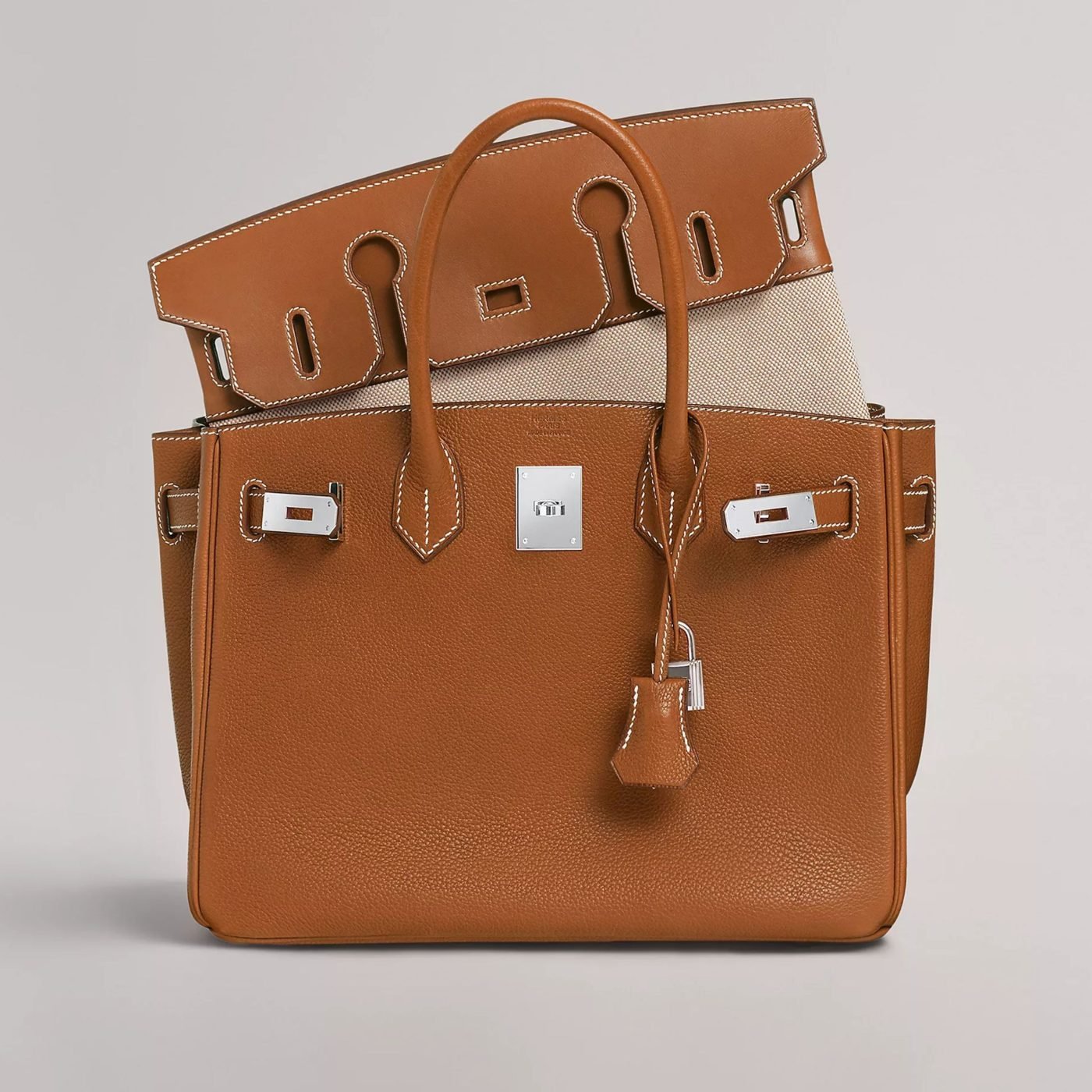
Hermès is benefitting from a strategy that remains rooted in scarcity, craftsmanship, and product consistency. No logo reinventions. No celebrity hype cycles. Just tightly controlled supply and sky-high demand. Since the end of 2020, Hermès shares have climbed more than 160%, and unlike its peers, it hasn’t needed a discount bin or a rebrand to keep moving forward.
Think about it: Hermès, like Rolex, has built a reputation as a brand that’s near-on impossible to buy at retail. You don’t just walk into a boutique and pick out a Birkin. You build a purchase history. You wait. You prove you’re not just another customer, but a Kool-Aid drinking luxury sycophant.
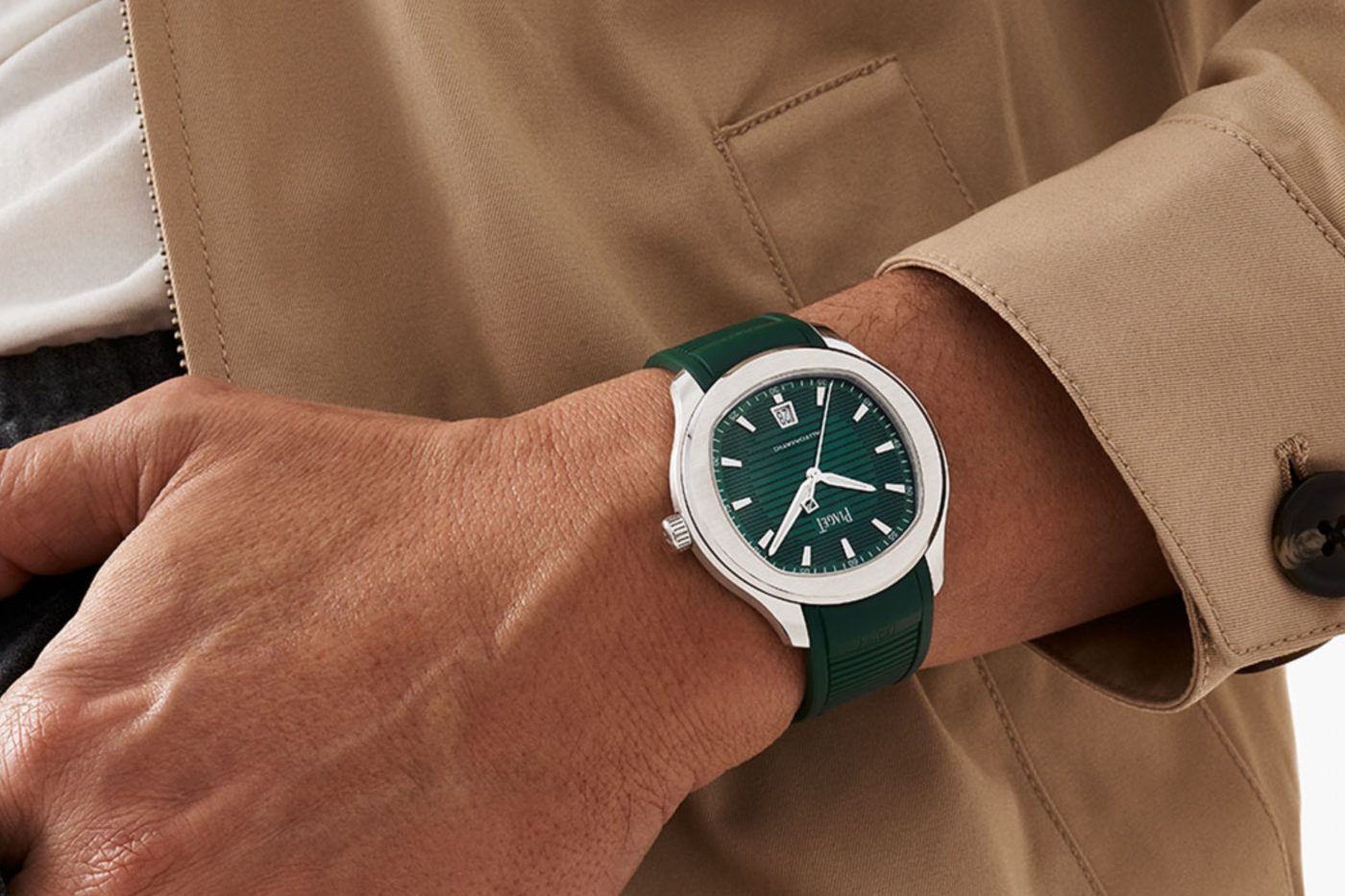
Richemont, the Swiss luxury group behind Cartier, Van Cleef & Arpels, and Piaget, beat earnings expectations in its latest fiscal quarter. While its watch sales may be softening in retail, the group’s jewellery maisons are operating in a tier of the market where exclusivity still directly translates to profit, attracting both generational wealth and newly-minted buyers.
Moncler also delivered a surprise to investors in H1 2025, posting €1.23 billion in revenue, comfortably ahead of consensus estimates of €823 million.
Then there’s Burberry. A perennial turnaround candidate, the British label is finally showing signs of a rebound. Its stock is up more than 30% year-to-date, bolstered by renewed interest in its trench coat-led outerwear strategy, a more disciplined approach to pricing and product, and rising traction in key North American and EMEA markets.
Watches are a microcosm of the wider slowdown. On the retail side, things are getting rocky. Brands like Rolex, OMEGA, Cartier and Breitling are raising prices due to the tariff on Swiss goods and rising gold costs, and customers are seemingly looking elsewhere. The pre-owned market? Absolutely flying.
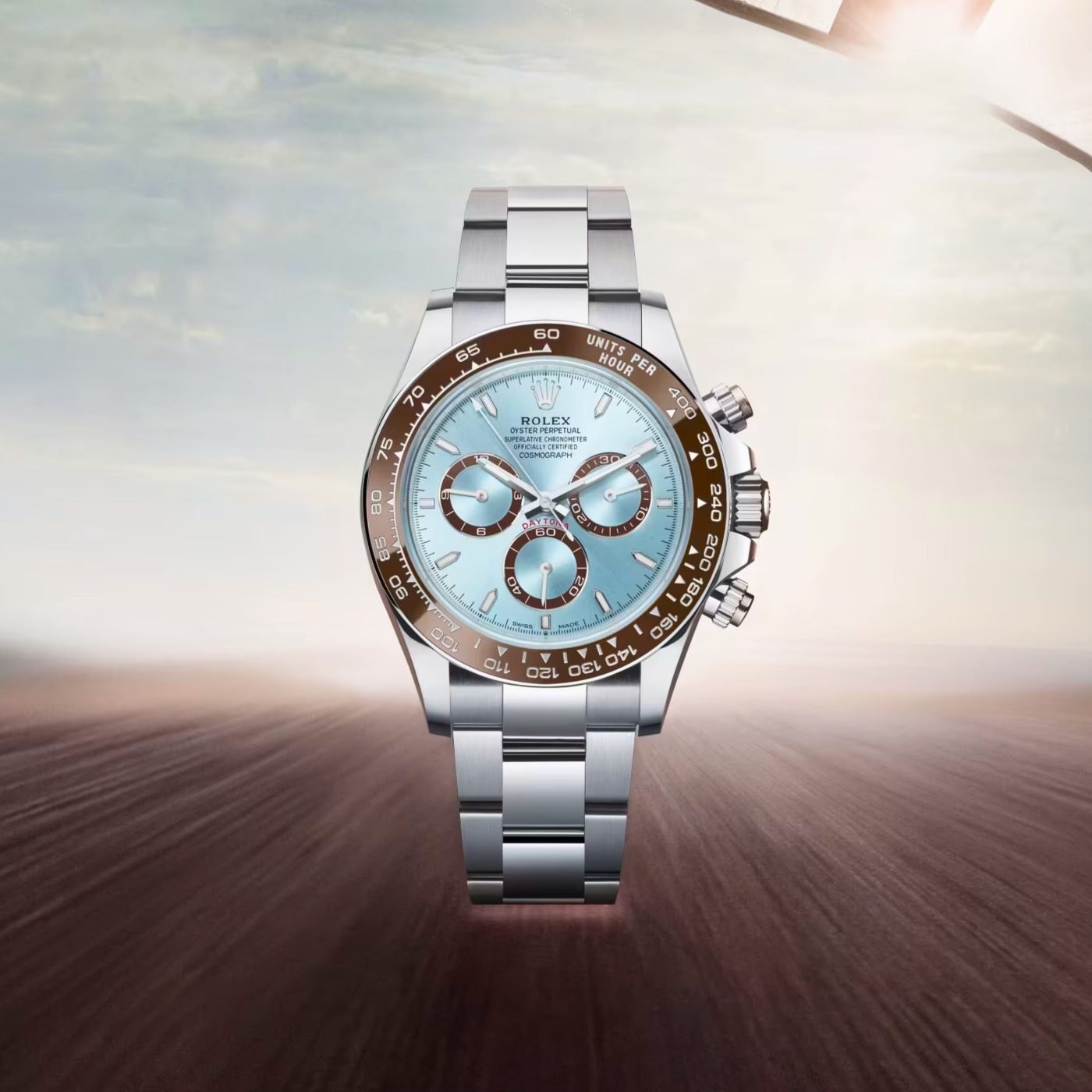
At Bob’s Watches, a leading resale platform in the US, sales rose 20% from March to May. “We really are like a candy store of the industry,” says Douglas Kaplan, the company’s Chief Commercial Officer. Why? Because 90% of their inventory is made up of discontinued models (the ones buyers actually want) and none of it is subject to international tariffs.
Insights from Chrono24 paint a similar picture in Australia. Data from the watch resellers shows more visibility for brands like TAG Heuer, Seiko, and Grand Seiko, reflecting a market that skews toward affordable luxury and value-driven enthusiasts.
Of course, Rolex still dominates both in Australia and globally, with models like the Datejust, Daytona, Submariner, and Day-Date appearing repeatedly, but the fastest resale growth in 2025 is happening further down the price spectrum, with buyers zeroing in on classic, sub-$10,000 pieces from Rolex, TAG Heuer, Panerai and Tudor.
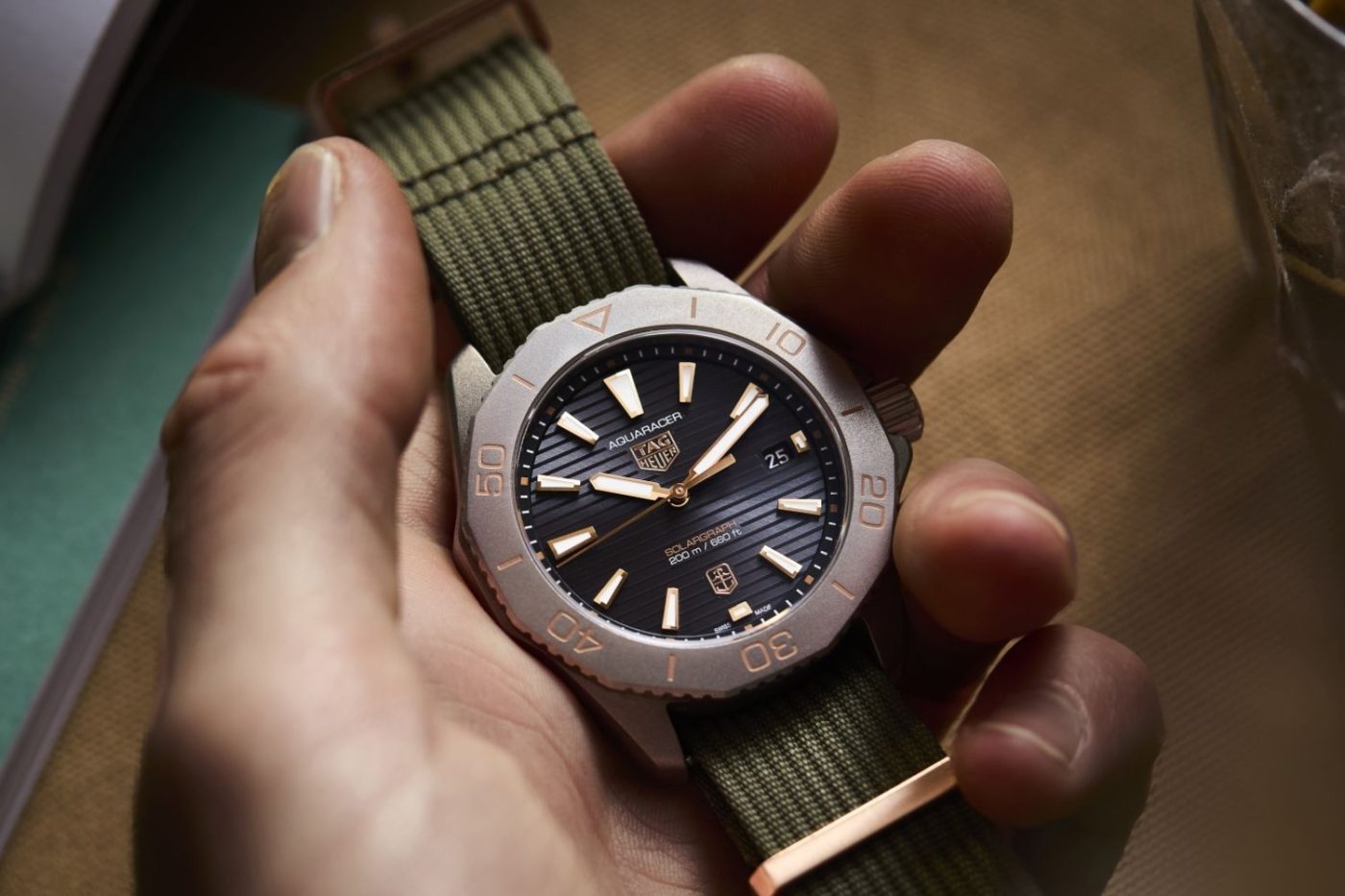
2025 is separating the truly desirable from the merely recognisable. Brands like Hermès, Cartier, Moncler, and Rolex (in the right channel) are thriving. Others are finding themselves weighed down by overexposure, price hikes, and aspirational churn, and forced to are looking vulnerable.
The good news, of course, is that this isn’t a collapse. It’s more of a reset. The next decade of luxury won’t be defined by who scaled the fastest, but by who stayed relevant when everyone else chased volume.
dmarge





